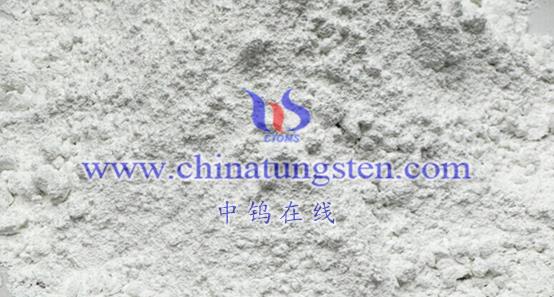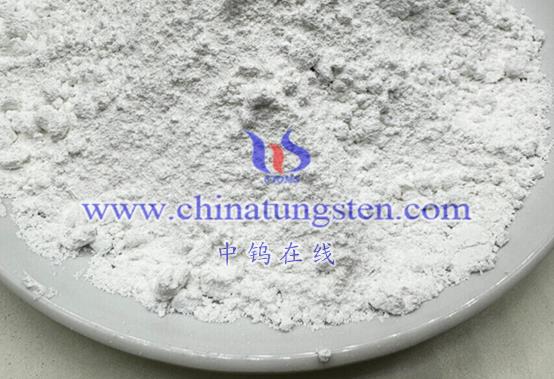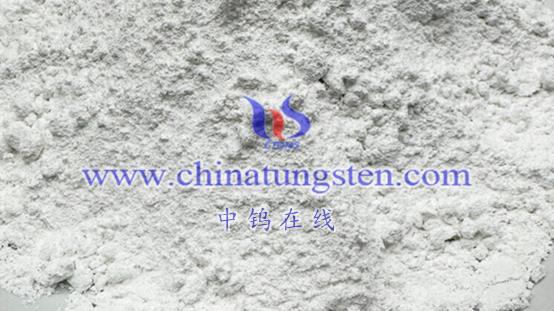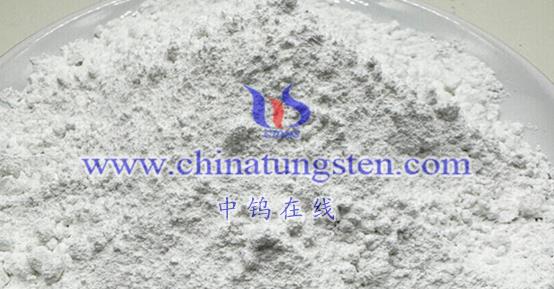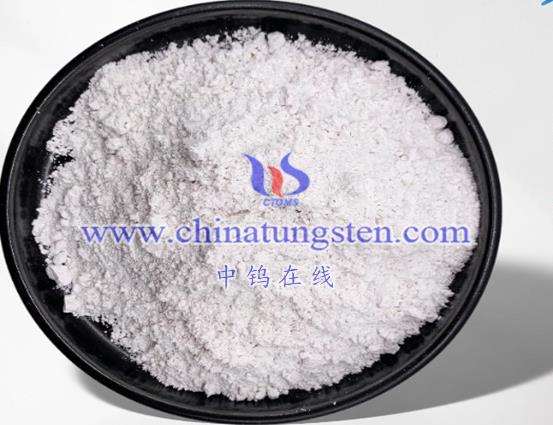
Determination of the thermal stability of Ammonium Metatungstate usually involves thermal analytical techniques, especially Thermogravimetric Analysis (TGA) or Differential Scanning Calorimetry (DSC). The following is a basic procedure based on these techniques for determining the thermal stability of Ammonium Metatungstate:
- Sample preparation
Weighing and encapsulation: An amount of ammonium metatungstate sample (typically a few milligrams to tens of milligrams) is weighed using an accurate balance and placed in a special sample tray of a thermal analysis instrument (e.g., TGA or DSC).
Record information: Record the exact mass of the sample and the relevant experimental conditions (e.g., heating rate, atmosphere, etc.).
- Thermal analysis experiment
Set up the experimental parameters:
Heating rate
Usually set between 5-20°C/min, depending on the experimental requirements.
Atmosphere
Inert atmosphere (e.g. nitrogen, argon) or air can be selected, depending on the thermal stability of ammonium metatungstate in different atmospheres.
Temperature range
Starting from room temperature, gradually heat up to a high enough temperature (e.g. 800°C) to observe the thermal decomposition process of ammonium metatungstate.
Perform the experiment
Start heating and record the change of sample mass or heat flow with temperature.
- Data analysis
TGA data
Observe the change curve of sample mass with temperature. The thermal stability of ammonium metatungstate can be determined by observing the temperature at which decomposition begins (T_onset), the rate of decomposition, and the mass of the residue after decomposition.
DSC data
Observe the curve of heat flow with temperature. The heat absorption or exothermic peaks of ammonium metatungstate can be used to determine its thermal events such as phase change, melting or decomposition.
- Interpretation of results
Thermal stability assessment
The thermal stability of ammonium metatungstate can be determined from TGA or DSC data. For example, a higher T_onset indicates that ammonium metatungstate has a higher thermal stability.
Decomposition Mechanism
The decomposition mechanism and possible decomposition products of ammonium metatungstate can also be understood by analyzing the thermal analysis data.
- Precautions
Sample purity
The purity of the sample has a great influence on the results of thermal stability determination. Therefore, high purity ammonium metatungstate samples should be used for the experiment.
Experimental conditions
The selection of experimental conditions such as heating rate, atmosphere and temperature range has an important influence on the results. Therefore, the properties of ammonium metatungstate as well as the purpose of the experiment should be fully considered when choosing these conditions.
- Generalization
Ammonium metatungstate has a high thermal stability, which makes it useful in high-temperature applications such as the production of tungsten-based alloys and coatings. Thermal analysis techniques (e.g., TGA and DSC) allow for the accurate determination of the thermal stability of ammonium metatungstate, as well as an understanding of its decomposition mechanism and possible decomposition products. This information is important for optimizing the preparation process and application of ammonium metatungstate.
More details of ammonium metatungstate product, please visit website: http://ammonium-metatungstate.com/
Please contact CHINATUNGSTEN for inquiry and order of ammonium metatungstate:
Email: sales@chinatungsten.com
Tel.: 86 592 5129595
